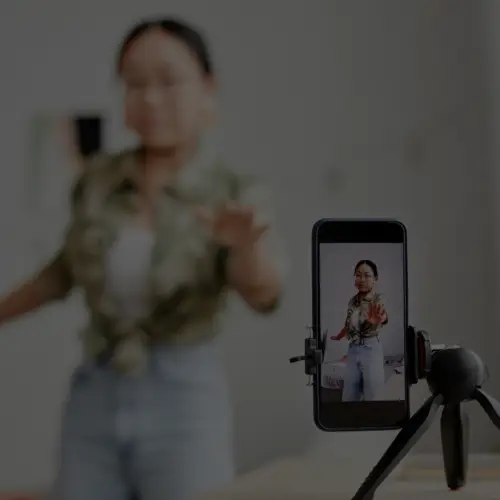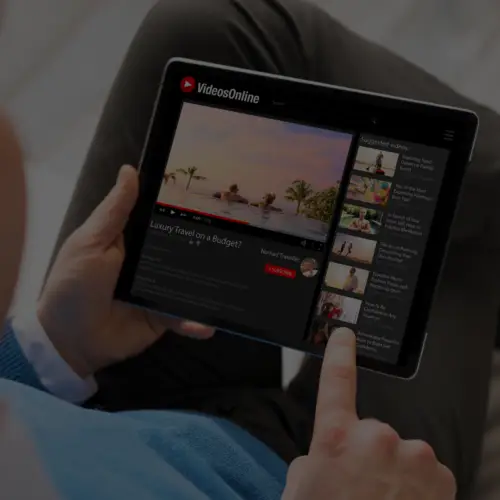10 Sep Facebook Hashtags: Which Brands Are Using Them Correctly?
Facebook announced the arrival of hashtags to its platform back in June and since then the topic has remained fairly quiet. While the success of this incorporation is still being debated and tested, some brands have jumped head first into using hashtags on Facebook posts, while others are still testing the waters.
Weaving in some tried-and-true rules of hashtag use, this blog post takes a look at how brands are using Facebook hashtags. Some are using and leveraging hashtags well while others need a little work.
Leverage Seasonal Events
Starbucks does a phenomenal job of identifying and highlighting its fans’ emotional connection to its product. The arrival of the Pumpkin Spice Latte is one that many look forward to every year and acknowledge as the ushering in of autumn. Many fans take advantage of the #PSL tag on channels like Twitter and Instagram, and Starbucks is now pushing the same enthusiasm on Facebook. Not only is Starbucks joining the vast conversation of PSL fans by including #PSL on relevant posts, it is engaging with fans using the hashtag and has created a cover photo comprised of user generated content from the trend.

Coca-Cola infused a popular hashtag into its content mix by making a connection to a seemingly irrelevant annual event, New York Fashion Week. The event took place last week and many users and fashion brands put the #FashionWeek hashtag into status updates and photos. Coca-Cola integrated itself into the broader conversation by creatively incorporating this trend into its own brand voice.
However, the term “FashionWeek” is a touchy subject. Since the term is technically owned by the main sponsor – this year it’s Mercedes-Benz – we typically recommend using the acronym “NYFW” to avoid any copyright infringement.

Take Advantage Of Popular Trends
Sharpie included the common trend #tbt, or throwback Thursday, within its post. Photos of older images or products make up this popular trend. By incorporating this trend, Sharpie elevated the post to reach a greater number of people.

Use Brand-Specific Hashtags
McDonald’s prefers to approach Facebook hashtags from a general brand standpoint. It has focused on using brand specific hashtags like #imlovinit, which is a globally recognized phrase. This is also a broader trend not focused on one event or time-sensitive topic, so it has more longevity.

Risks and Advantages of Creating New Hashtags
Oreo created the hashtag #DunksoftheWild for a content series depicting animals dunking cookies in milk. While the concept is creative, the hashtag does little to increase engagement or virality for Oreo. This image is the only one that appears when searching #DunksoftheWild. In addition, because the phrase is irrelevant to fans and kind of random, users are not using the tag or joining any sort of larger conversation.

To promote its new line of Commuter jeans, Levi’s chose to forego popular hashtags and instead chose to use the hashtag #Commuter. A search of this word brings up only a handful of images of bikes and cyclists as well as posts by Levi’s. Because this hashtag is so specific content is unlikely to reach a broad audience because users are less likely to search this term, but Levi’s does have an opportunity to amplify the hashtag as its own.

L’Oreal Paris USA attempted to create a hashtag general enough to appeal to a wide audience, but still true to the brand. However, a search of the hashtag #HairPlay only renders two results: a recent post by L’Oreal and a retweet from a fan. While L’Oreal has used this hashtag in its past content mix, these posts do not show up because too much time has passed in-between usage. Relevant content only appears in a hashtag search for the “most recent” amount of time, however, we couldn’t nail down a specific time period that aligns with Facebook’s algorithm.

In addition to the short life-span of posts in a hashtag feed, it’s also important to note some restrictions of hashtag usage including relevance and privacy. Only public posts will appear in a hashtag feed, so any user with privacy settings won’t appear in a search for a specific hashtag unless he or she made the post public. In addition, posts that show up in a hashtag search are not in chronological order. Hashtags also do not appear as clickable links on mobile applications of Facebook and only status updates appear in a search, not comments. For additional information and research about Facebook hashtags, EdgeRank Checker compiled a report based on research they conducted.
Facebook hashtags are still a relatively new concept. However, certain brands like Starbucks are beginning to understand how to navigate and benefit from this feature.
Which brands have you seen using Facebook hashtags well? Let us know in the comments section below.






